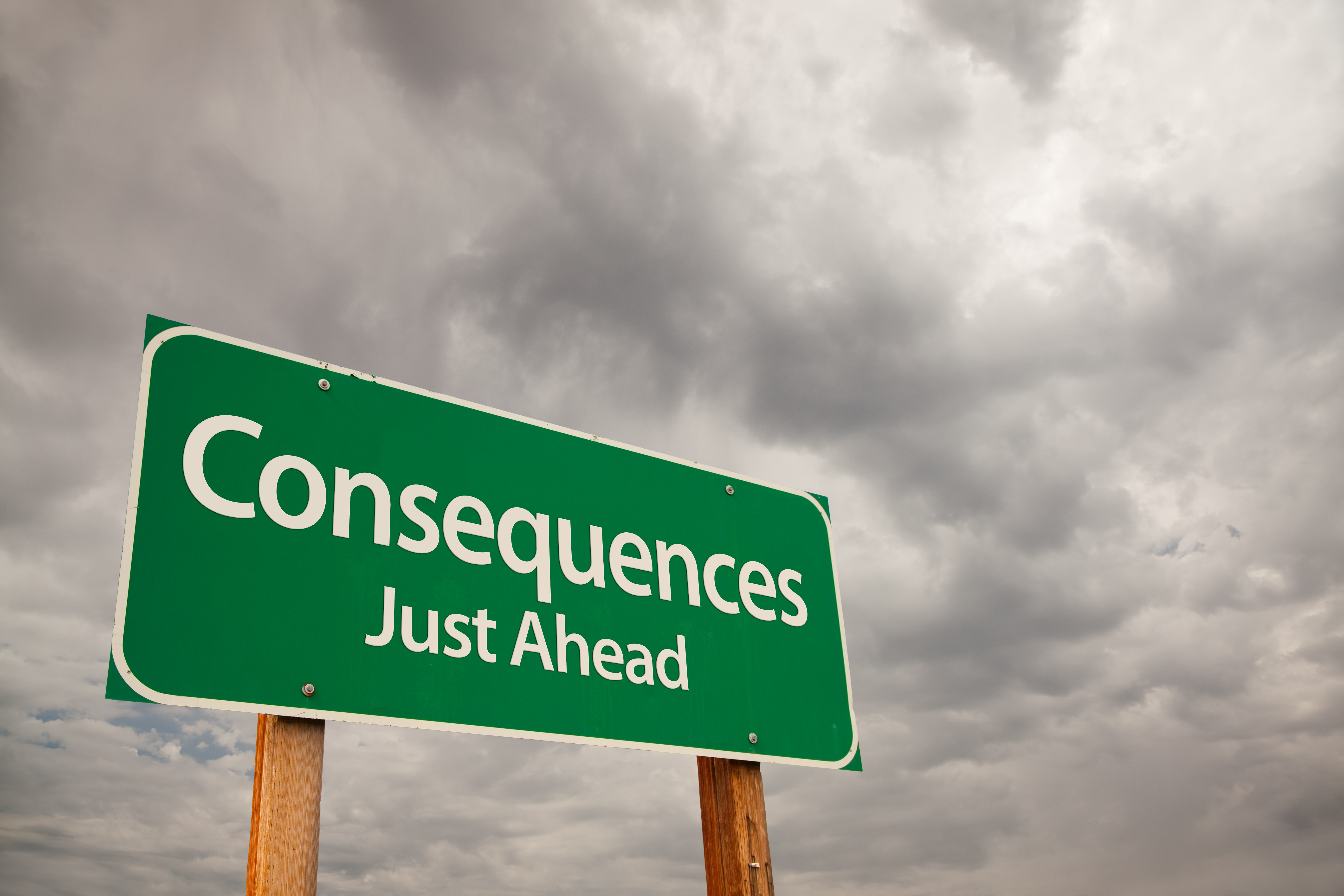
The reason I am watching the newly state-legal recreational marijuana markets is to see the impact of heavy regulation on the industry.
A related issue is the social results of recreational marijuana. Here are a few articles providing some early hints of the results. Perhaps these are nothing more than slivers of hints. Yet there are some early indications. On the other hand, perhaps these are merely transition and implementation issues.
11/2 – Wall Street Journal – A Brave New Weed / The costs so fare from marijuana legalization are higher than advertised – This grand experiment in legalizing marijuana is going full steam. As ought to be expected, there are substantial costs.
The massively important question is whether the increased costs in some areas are worth the drastically lower costs in other areas (mass incarceration, militarization of law enforcement, severe enforcement costs).
Article points out the Justice Department announced in 2013 it won’t enforce federal law in states that have legalized but would still monitor and document the results. Editorial says DoJ has followed through on not enforcing the law but has dropped the ball on monitoring.
Article points to another report which indicates marijuana use is up 9.5% among youth in Colorado while nationwide use is down 2.2% among youth.
In brand new information to me, the article asserts that marijuana is six times more potent today than 30 years ago. Without any data points of personal experience, I shall have to take that assertion at face value.
One unintended consequence is companies in Colorado are having a hard time finding workers who can pass a drug test. There are a number of fields where a clean drug test is a requirement for employment. Construction and federal contractors are two areas that come to mind.
In a distressing stat undercutting the argument for legalization, the article says arrests of minority youth for drug arrests are up 58% for blacks and 29% for Hispanics while being down 8% for whites. That is very distressing. A major argument for legalization is a reduction in drug arrests.
7/25 – Reuters at Dickinson Press – When Colorado legalized pot, young kids’ exposure went up – This is first article along this line that I’ve seen. After legalization, accidental exposure to marijuana for children under age 10 increased more than expected.
Study reports that visits to the hospital for children under 10 increased from 1 per 100,000 to around 2 per 100,000. Calls to poison control center also increased more than expected.
Exposures increased more in Colorado than other states.
New law in Colorado will prohibit edible marijuana products that are “enticing” to children. I don’t quite understand how to ban stuff that will be appealing to children. Seems like any item that is in a snack form would be ‘enticing’, but looking up the law is a topic for another day.
9/30 – Associated Press at Fox News – Colorado gives marijuana candy a new look to avoid confusion – The state of Colorado will now require that all edibles infused with marijuana contain a stamp in the shape of a diamond with the letters “THC” imprinted inside the diamond. This is a visible warning that the product contains marijuana.
The issue being addressed is that when a product is removed from the outer wrapper there is no way to tell whether it is infused or not. Now it is possible with merely a glance to see the product is stamped with the universal symbol denoting the edible is infused. Pass around a brownie or piece of candy and onlookers can quickly tell it is infused.
Sounds like an incredibly wonderful idea to me.
9/29 – The Cannabist – Marijuana edibles will look different in Colorado starting Oct. 1, among many new state rules – in addition to the new universal symbol, the word “candy” or “candies” may not be used on products.
Manufacturers must comply with the new symbol rules on October 1. After December 1, retailers may not sell any infused products that do not have the appropriate labels.
Packaging must identify potency. Also needs to be some sort of statement regarding contaminant testing.
As an aside on the regulatory load, consider the details from Denver –
11/17 – Wall Street Journal – Stoner City, USA – Editorial describes bureaucratic detail in the referendum passed in Denver to allow marijuana consumption in public.
The short version? Consider
Cannabis liberationists: meet the regulatory state.
You can vape inside and maybe smoke outside. Restaurants can’t sell marijuana, but yoga studios can provide it as a part of their food offerings. I don’t know how that works…
Businesses providing a place to consume have to get community support, which the editorial says provides community groups the opportunity to
…extort, er, require conditions for their support.
As if those operating in the marijuana business didn’t already know, welcome to the bureaucratic state.